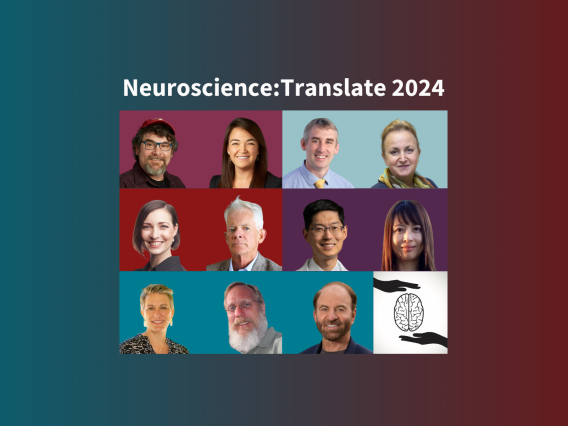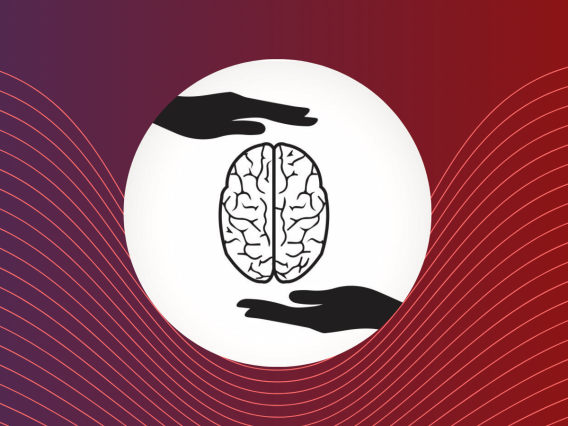The Neuroscience:Translate grant program supports research projects at the intersection of biology, engineering and medicine to address practical unmet needs in brain health and the neurosciences.
The program funds cross-disciplinary teams to develop new devices, diagnostic procedures, software, pharmaceutical therapies and other products that can be brought rapidly to market through new startup companies or partnerships with existing entities. Grants of $100,000-$120,000 are awarded annually to approximately three teams. Teams who have previously received Neuroscience:Translate awards may apply for a one-year renewal to continue advancing their technology.
This program was inspired by the successful Stanford Coulter Translational Research program, a partnership between Stanford Bioengineering and the Coulter Foundation managed by the Stanford Mussallem Center for Biodesign. The Wu Tsai Neurosciences Institute has partnered with Stanford Biodesign to bring this same approach and expertise to bear on the field of neuroscience and brain diseases, with guidance from a Neuroscience:Translate oversight committee comprising scientific and industry leaders in health technology development.
No-cost extensions
No-Cost Extension requests may be granted upon application. Applications will be strictly reviewed for compliance with the award deliverables and project. Applications are due one month prior to the award end date by downloading, completing, saving, and submitting the linked form template.
Questions? Contact Program Manager, Linda Lucian: llucian@stanford.edu.
Apply for Neuroscience:Translate by November 11
Applications open on Friday, September 20, 2024 and close on Monday, November 11, 2024 at 11:59 PM. Make sure to read the full application and eligibility criteria before submitting your application.
Application and Eligibility Criteria
Funded Neuroscience:Translate projects
CPStim: Optimized non-invasive brain stimulation for chronic pain
Remote reliable measurements of movement using a Bluetooth enabled engineered keyboard solve an unmet need in neurological diseases
This team is developing a device that will enable accurate diagnosis of Parkinson’s disease via telemedicine. They initially introduced the technology of Quantitative DigitoGraphy (QDG) using a repetitive alternating finger tapping (RAFT) task on a musical instrument digital interface (MIDI) keyboard and will use Neuroscience: Translate funding for the next stage of device development.
Extended Reality(XR) enhanced behavioral activation for treatment of Major Depressive Disorder
This team has created an extended reality–enhanced implementation of "behavioral activation," one of the most effective forms of evidence-based psychotherapy for major depression. They will use the Neuroscience:Translate award to test the efficacy and scalability of this approach and accelerate the development of extended reality technologies to improve treatment options for major depression.
NeuroRoots, brain/computer interface solution for paralysis
PTS glove passive tactile stimulation for stroke rehab - Renewal
This team is developing wearable stimulation devices to improve limb function after stroke. The technology includes a tactile stimulation method, and the wireless, lightweight, and low-cost wearable computing devices to apply this stimulation.
Development of an Ultrasound Neuromodulation Therapy to Treat Rheumatoid Arthritis
This team will use their Neuroscience:Translate award to develop the first wearable ultrasound (US) device for the treatment of inflammatory diseases, such as Rheumatoid Arthritis (RA) and Inflammatory Bowel Disease.


